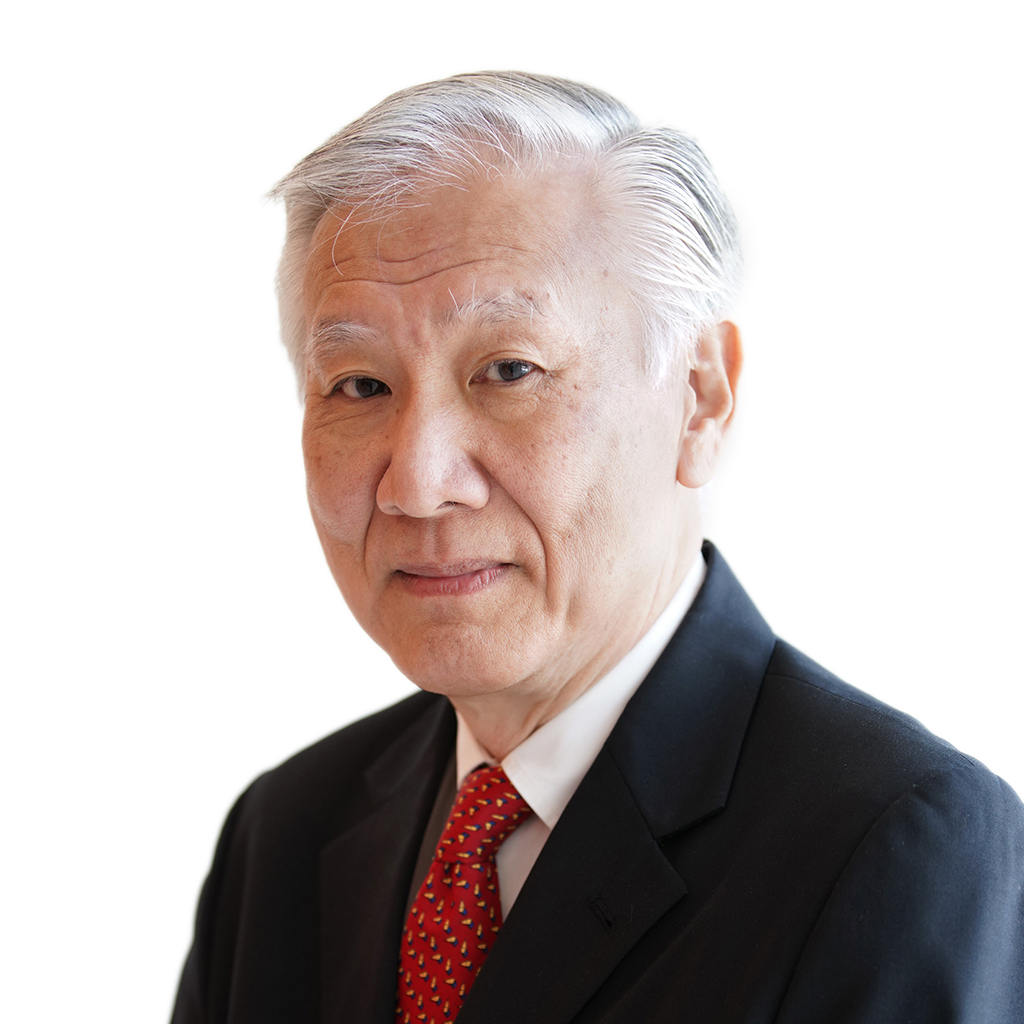Improving your Human Performance Management (HPM) maturity
Human Performance Management (HPM) maturity is a measure of an ANSP’s ability to enable the delivery of safe and effective human performance (HP) by their front-line staff—not only ATCOs, but also ATSEP, Flight Data Operators, and operational and technical supervisors for example. Human Performance is an important enabler of safe and profitable operations. Therefore, it is important that ANSPs actively manage it. As discussed in a previous article, typical benefits resulting from HP investments are:
- reduced risk of program delays or failure
- increased likelihood of regulatory acceptance
- acceptance of changes by front-line staff
- reduced likelihood of unsafe acts and personnel injury
- increased productivity
- reduced absenteeism
- reduced training and correction costs.
Advancing organisational HP maturity is a slow process. It requires, at minimum, the integration of additional expertise (typically in Human Factors (HF) engineering); the setting up of new processes and policies or adjusting existing ones; the evolution of belief systems (e.g., about the role of humans in system performance); and modifications to responsibilities and accountabilities. For instance, it is important to ingrain human performance goals in the chain of command of different organisational units, while ensuring adequate lateral coordination of HP initiatives across these units. All of this requires sustained efforts. Therefore, it is important that ANSPs assess their HP maturity, in order to figure out where they are now, and how to level up in terms of organisational development.
The CANSO Human Performance Management (HPM) Standard of Excellence (SOE) provides a valuable framework to support ANSPs in this exercise. Released in 2019 by the CANSO HPM Work Group, the standard contains a framework comprising 12 HPM areas or core elements, such as ATM equipment and support tools, Operational procedures, Teamwork and communication, Selection, Roles and Responsibilities, and Leadership, etc. For each core element the standard provides a set of requirements against which an ANSP can assess itself and define improvement actions to obtain a higher maturity level. There are six maturity levels, ranging from “Level A, Informal arrangements” to the highest level “Level E, Optimised”.
What are the prerequisites for successful CANSO HPM SOE application?
As in any area of business, good data quality is a prerequisite for success in organisational decision-making and planning, and the same rule applies to the HPM framework. At its core, applying the CANSO HPM SOE is a data collection exercise with stakeholders at different organisational levels. It involves the phases of planning, recruitment of participating stakeholders, data collection (e.g., through interviews), data analysis, and derivation of recommendations. Experience with this process suggests four key guidelines that can be followed in order to enhance its reliability and maximise the value the assessment can deliver:
- The auditing team must have the necessary skill set. The team must be skilled in qualitative research and qualitative interviewing, in order to protect the process from biases. One such pitfall is the social desirability bias, where it may be undesirable for a senior stakeholder to report that they are unaware of human factors and HP, or that some of the standard HP/HF processes are not in place in their unit.
Most importantly the assessor must be a suitably qualified and experienced Human Factors expert. As recognised by ICAO Doc 10151[ii], HF enables HP: HF is the scientific discipline concerned with the design of system, procedures and environments that are fit for human use. Typically, a HF expert is able to judge whether and to what extent HP aspects are actually considered in the CANSO HPM elements, e.g., change assessment; incident investigation; design, content, and delivery of operational training; operational concept, specification, procurement and validation of systems, equipment, work environments and operational procedures.
Worth noting that an HF expert brings knowledge of relevant organisational precursors to HP issues, such as adequate presence of HF activities in project plans; consideration of HF and operational expertise in senior management decisions; quality of coordination of HP aspects across departments.
- Allow adequate time and effort Avoid a quick “tick-the-box” exercise, as it is very unlikely to provide reliable results or actionable insights. Rather than the ratings per se, it’s the rationale behind the ratings that tells the story regarding how things are done in a particular organisational context, how decisions are taken (or not) and by which stakeholder/s, where the gaps are, and how these can be addressed. This level of insight can be achieved by allowing adequate time to speak with stakeholders. However, the time to run the assessment can be greatly reduced after this becomes a recurrent activity in the organisation.
- Scope the assessment to fit local priorities Although 12 areas or core elements are included in the HPM, these do not need to be necessarily covered all at the same time. In the interest of cost-efficiency, it is possible to sequence the assessment by prioritising some areas, while leaving some others for subsequent assessments. ANSPs relatively new to HP (and HF) typically prioritise the areas of HP investigations and learning and ATM Equipment and support tools, as these will provide a foundation from which to drive development in other areas. Other more mature ANSPs may prioritize the area of Human Performance Management Assurance, in order to provide the necessary assurance that HP is managed effectively, thus delivering safety and business benefits.
- Apply across the functions Focussing the assessment solely within the HF or HP department will deliver limited value. One of the benefits of the HPM assessment is that it provides HF leaders with the opportunity to reach out to leaders of other units and start valuable conversations around HP maturity, potential gaps, and opportunities for improvement. The larger the organisation the more important it is to reach out to stakeholders outside of one’s own department. Not only to assess gaps relative to HP requirements in the different core areas, but also to consolidate lateral connections, especially with supporting stakeholders.
In short: Human Performance supports profitable and safe ANSP operations. Human Performance is enabled by ANSP maturity in the area of Human Performance Management. HPM maturity reflects an ANSP’s organisational ability to support safe and efficient operations for their front-end operations. The CANSO Standard of Excellence in Human Performance Management permits ANSPs to assess their current maturity level in HPM and derive actions for improvement. Do you need guidance on the application of the CANSO HPM SOE? Feel free to get in touch with the CANSO HPM working group. In December 2023, the HPM workgroup will release an updated version of the SoE complete with new definitions in line with ICAO Doc 10151 and also release a controlled set of the questions used in maturity assessments, so keep a look out in the coming months!
[i] Rozzi, S. (2022, June 06) The Value of Human Factors Integration in ATM change. CANSO. https://canso.org/the-value-of-human-factors-integration-in-atm-change/
[ii] ICAO (2021) Doc 10151, Manual on Human Performance (HP) for Regulators.





